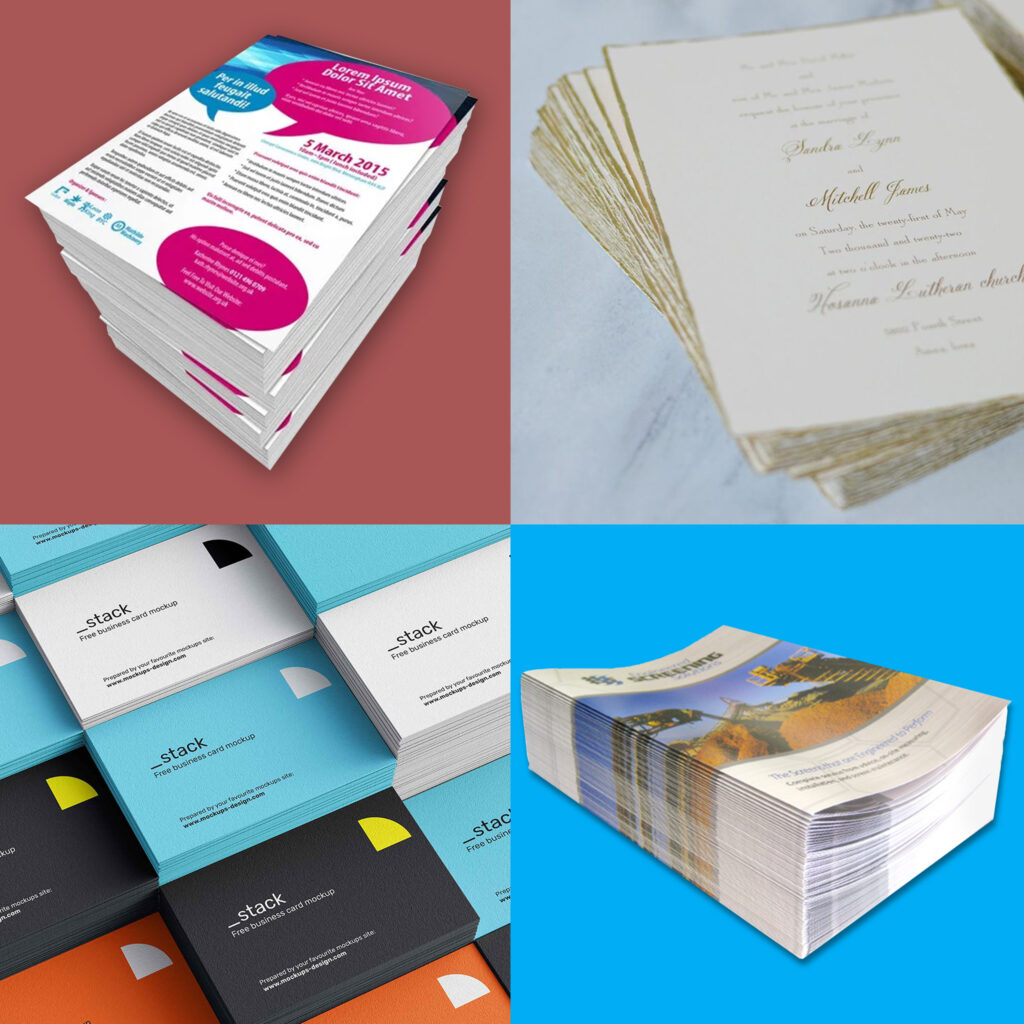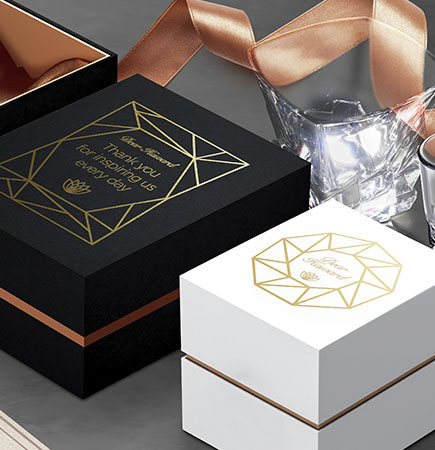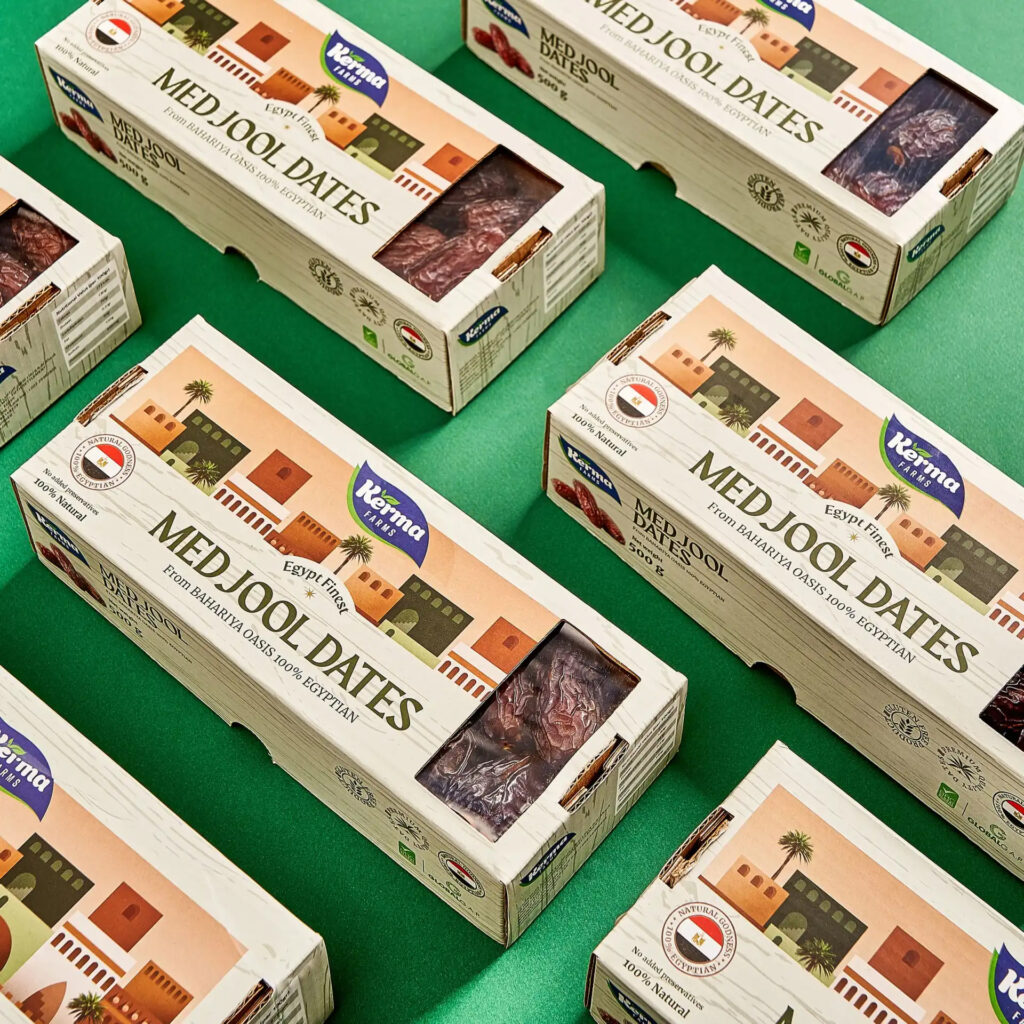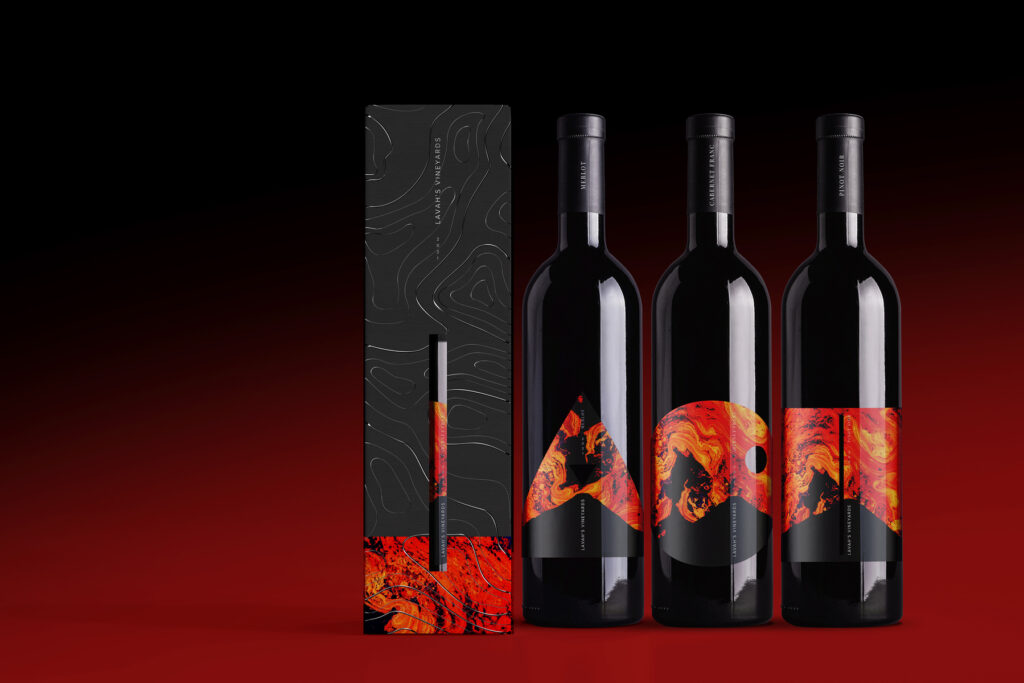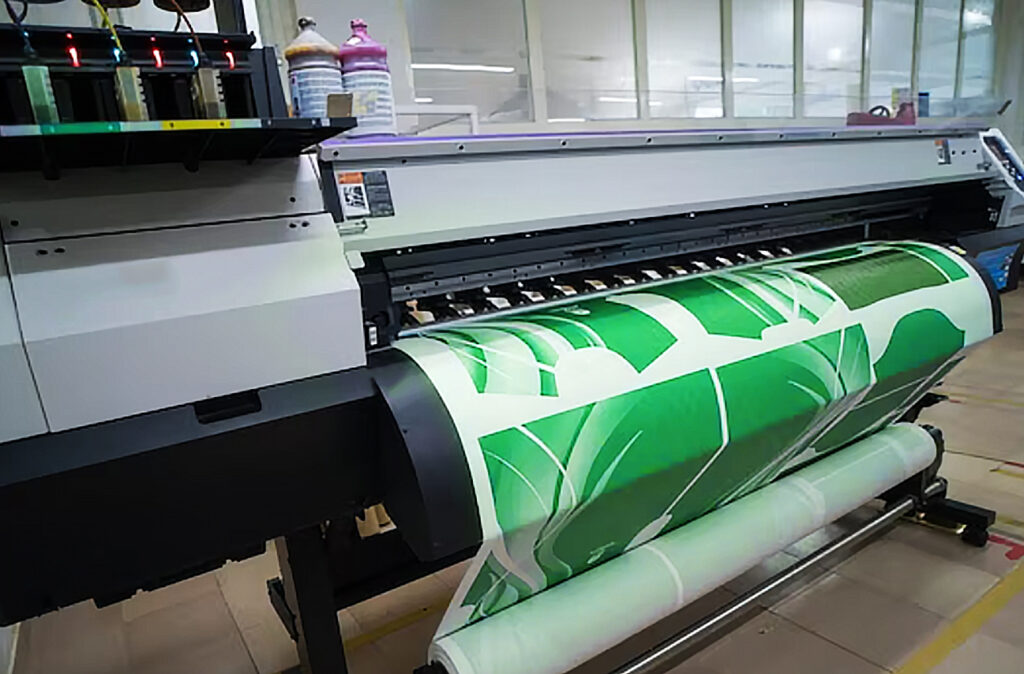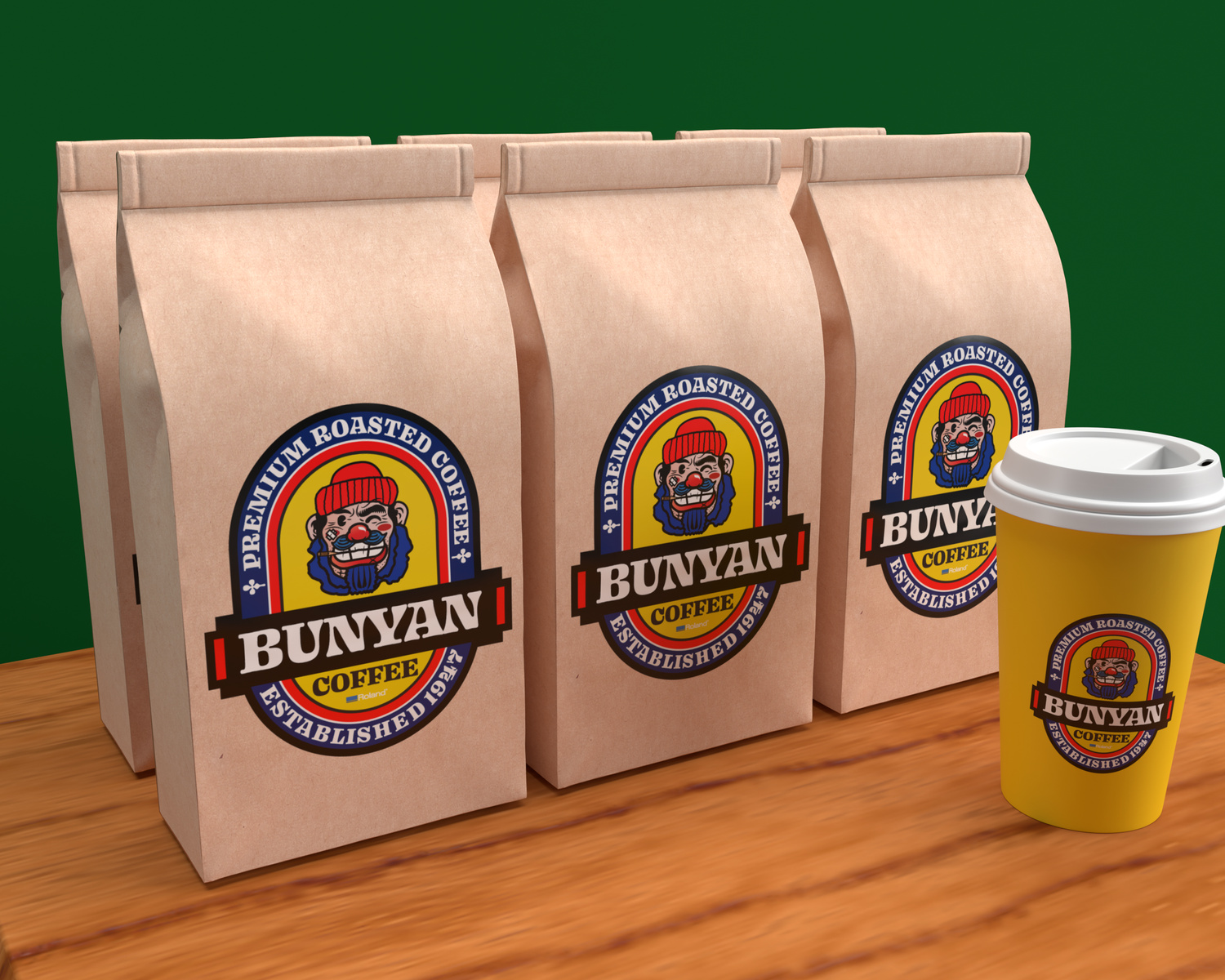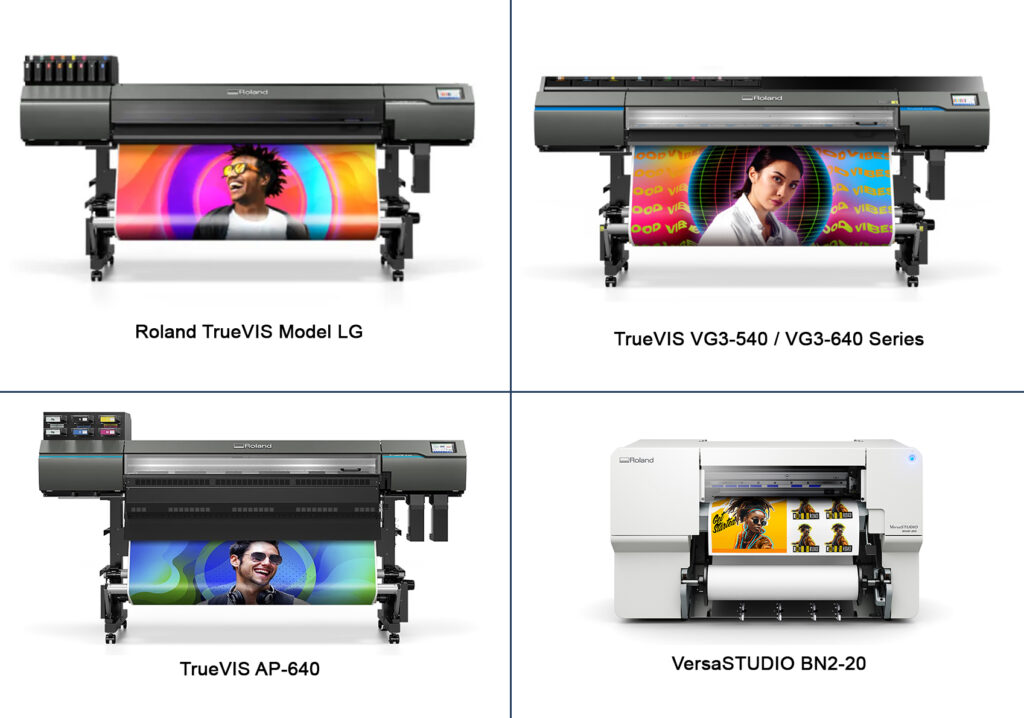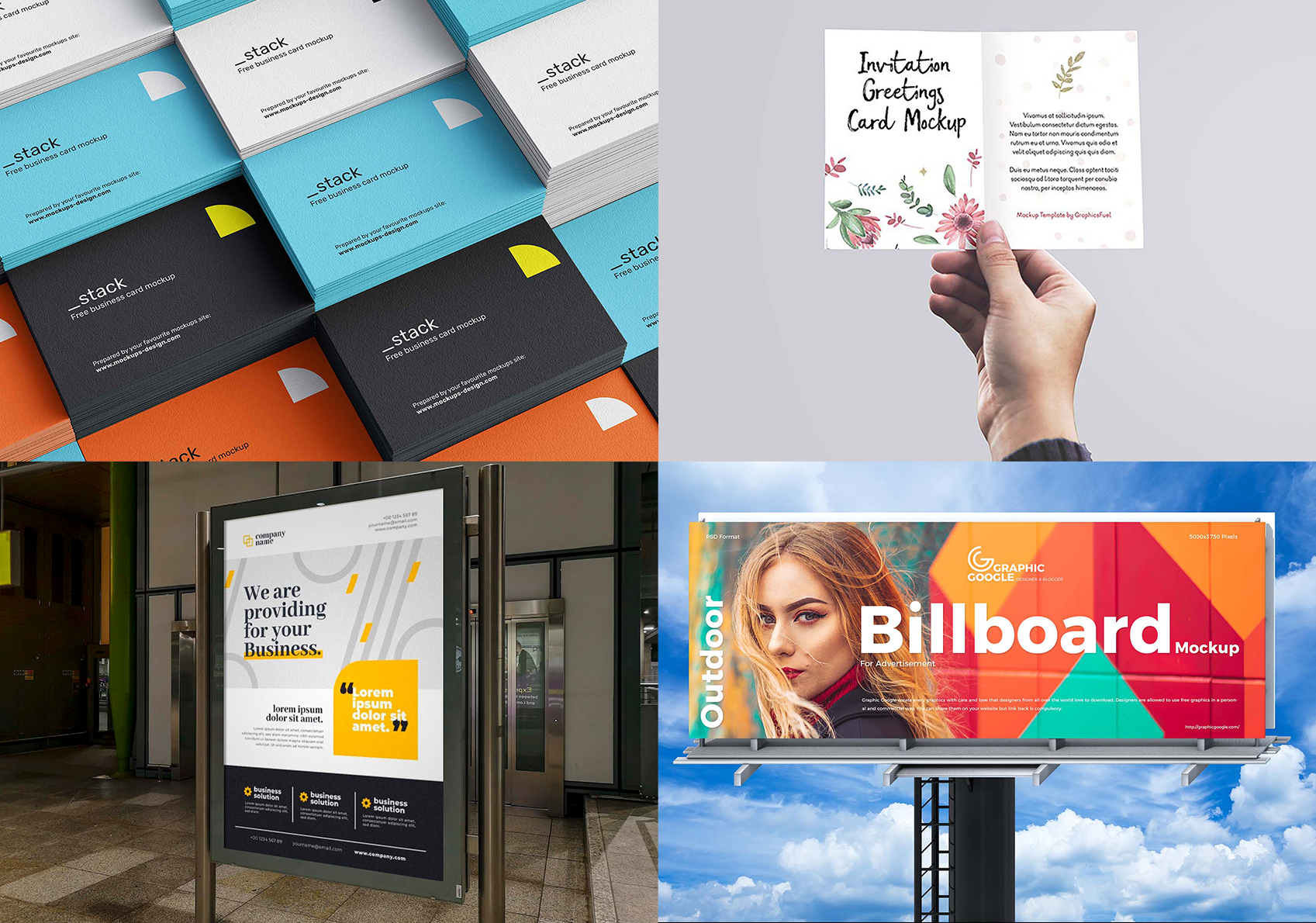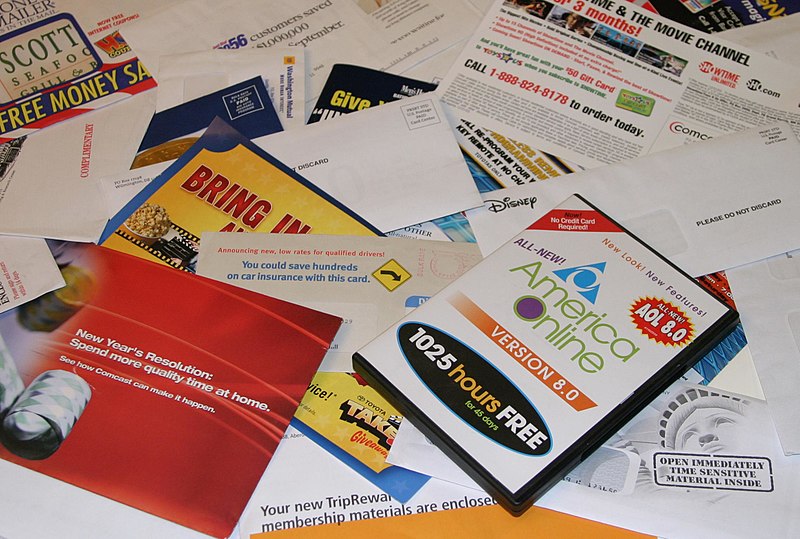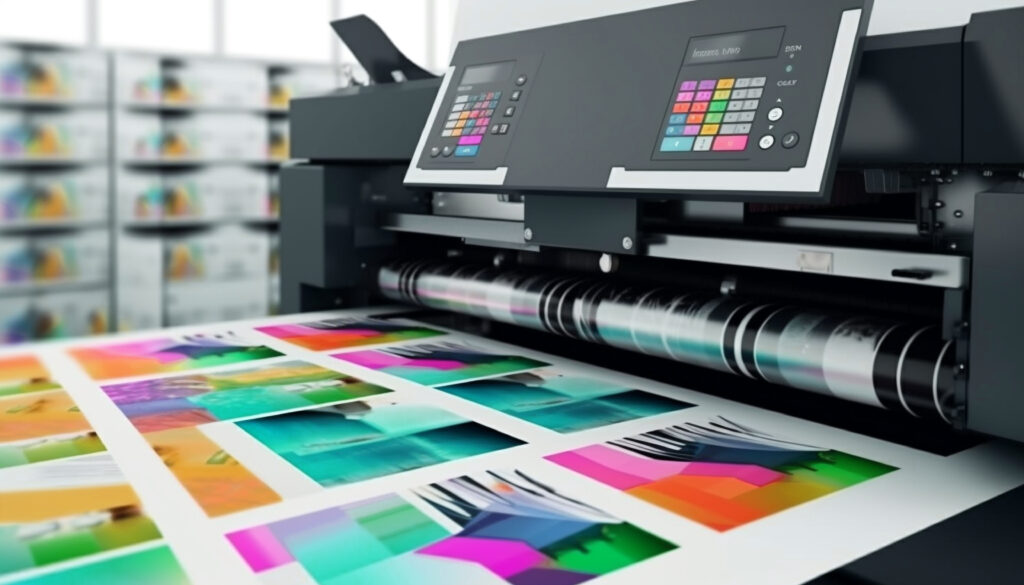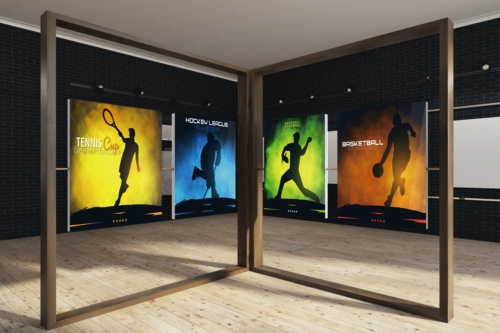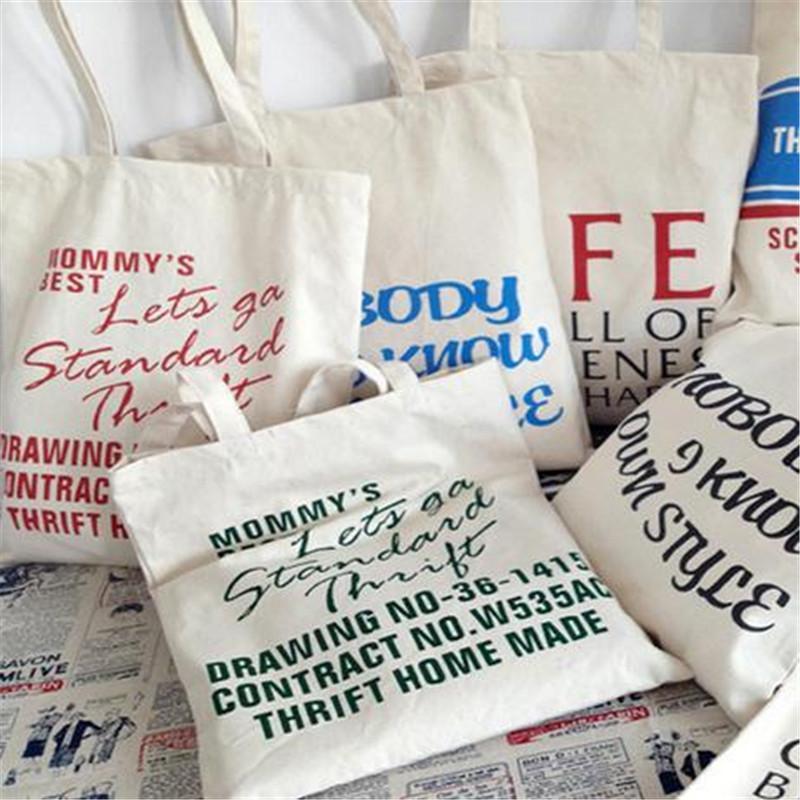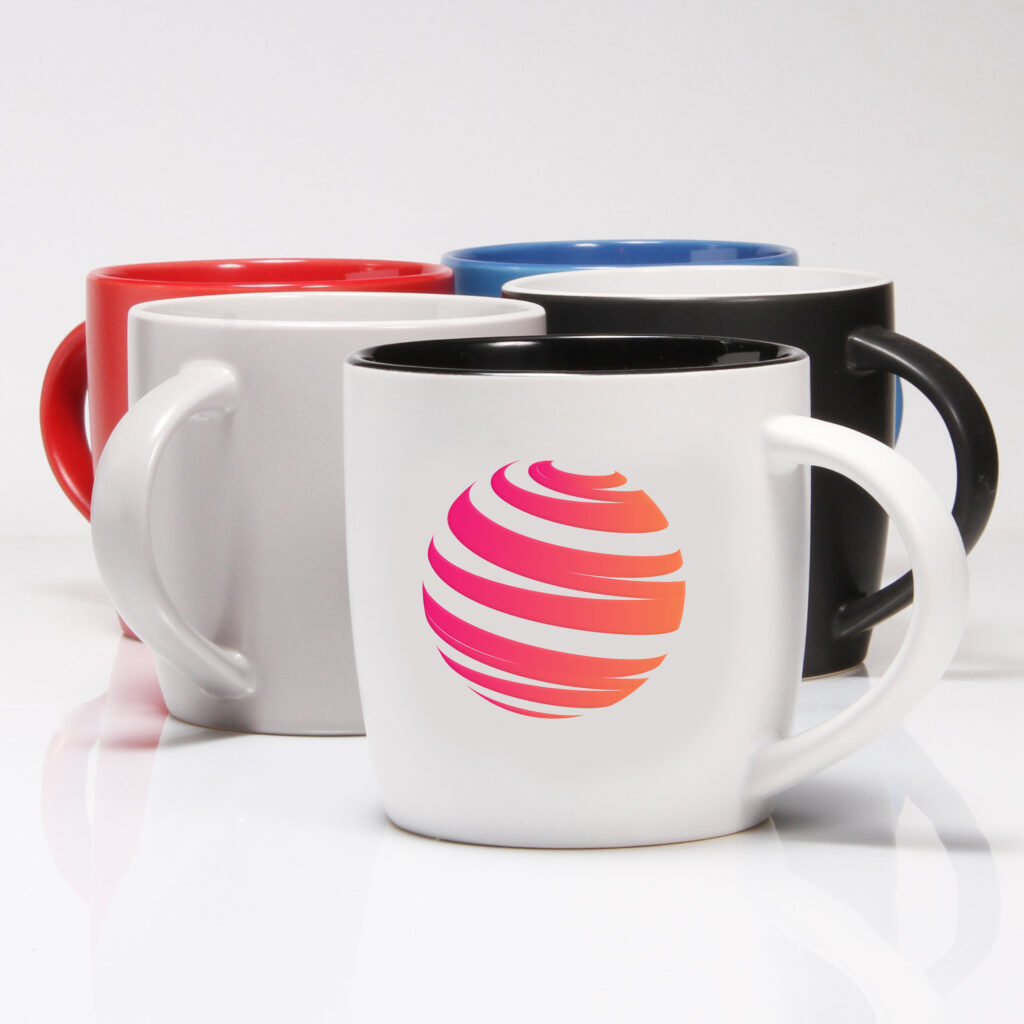Tag: print marketing
What Is POS Display?
In today’s competitive retail landscape, businesses must seize every opportunity to capture customers’ attention and drive sales. One powerful yet often underutilized tool is the Point of Sale (POS) display. POS displays are strategically placed printed marketing materials near checkout counters or high-traffic areas within a store. Their purpose is to encourage impulse purchases, promote new products, and enhance the overall customer shopping experience. Well-designed and professionally printed POS displays draw attention and influence buying behavior at the critical moment of decision-making.
What Are POS Displays?
POS (Point of Sale) displays refer to printed promotional setups used at retail locations to highlight products or special offers. These displays come in various formats such as countertop signs, free-standing floor units, cardboard cutouts, shelf talkers, and end-cap displays. Their goal is to create a visual appeal that engages customers and encourages them to make last-minute or add-on purchases. Unlike general store signage, POS displays are product-specific and are often time-sensitive, aligning with seasonal promotions, product launches, or limited-time discounts.
Retailers across industries—ranging from grocery and convenience stores to cosmetics, electronics, and clothing outlets—use POS displays as a cost-effective marketing tool. Whether showcasing a new beverage, promoting a buy-one-get-one deal, or introducing a loyalty program, POS displays provide a compelling, visual nudge that can significantly influence consumer behavior.
Why Printing Matters in POS Displays
The success of a POS display hinges heavily on its visual appeal, and high-quality printing plays a central role in that. A well-printed POS display captures attention with sharp images, vibrant colors, and clear messaging. Poor print quality, on the other hand, can diminish a brand’s credibility and reduce the effectiveness of the promotion.
Printing for POS displays is not just about aesthetics—it’s about functionality too. Durable materials and high-resolution printing ensure that displays hold up over time, especially in high-traffic retail environments. Whether it’s a waterproof counter display or a heavy-duty cardboard standee, the right printing process ensures the final product is not only attractive but also practical and long-lasting.
Key Benefits of Printed POS Displays
1. Increased Visibility
Printed POS displays are designed to stand out. Their size, design, and strategic placement draw customer attention, especially when bright colors and bold typography are used. They help products “pop” on the sales floor and can be the deciding factor in an impulse buy.
2. Enhanced Brand Recognition
Custom-printed displays allow businesses to reinforce their branding by using logos, colors, and taglines consistently. This repetition strengthens brand identity and makes products more memorable to consumers.
3. Influence on Purchasing Decisions
By placing promotional messages at the point of purchase, businesses can directly influence customers’ decisions. A printed sign offering a discount or highlighting product benefits can persuade someone to buy on the spot.
4. Versatility and Customization
Printed POS displays can be tailored to fit specific campaigns, seasons, or demographics. Whether it’s a Valentine’s Day-themed candy stand or a back-to-school product feature, printing allows for limitless customization.
5. Cost-Effective Marketing
Compared to other advertising media, printed POS displays offer excellent return on investment. They have a longer shelf life than digital ads and can be reused or repurposed with minimal effort, making them a budget-friendly marketing choice for many businesses.
Types of Printed POS Displays
There are several popular types of printed POS displays used across retail environments:
- Countertop Displays – Small and compact, these are placed on checkout counters to promote small, easy-to-grab items like gum, batteries, or cosmetics.
- Floor Displays – These free-standing units provide high visibility and are ideal for showcasing multiple product types or special offers.
- End-Cap Displays – Positioned at the end of aisles, these displays benefit from high foot traffic and are perfect for new product launches or seasonal items.
- Shelf Talkers and Wobblers – Attached to shelves near the product, these eye-catching signs use movement or bold graphics to highlight a promotion or product feature.
- Dump Bins – These are open containers filled with bulk products, often used for discounted or promotional items, and are printed with brand messaging on the sides.
Common Printing Techniques for POS Displays
- Digital Printing – Ideal for short runs and quick turnaround, digital printing allows businesses to produce small batches of customized POS displays. It’s cost-effective for seasonal or location-specific campaigns and allows for vibrant, detailed graphics.
- Offset Printing – Used for high-volume print runs, offset printing offers superior color consistency and image quality. This method is often chosen for mass-produced displays that require detailed branding elements.
- Large Format Printing – Large format printing is essential for oversized POS displays like standees, banners, and wall-mounted signs. It ensures high-resolution output at larger scales, making it perfect for drawing attention from across the store.
- Screen Printing – Commonly used for printing on non-paper materials, screen printing provides durable and bold designs. It’s often used for displays on plastic, fabric, or rigid board substrates.
Design Tips for Effective Printed POS Displays
- Keep messaging clear and concise – Customers spend just a few seconds scanning POS displays, so make sure the call-to-action is immediate and compelling.
- Use bold colors and high-contrast graphics – These elements grab attention and make important information stand out.
- Incorporate your branding – Ensure your logo, colors, and fonts are consistent with your brand identity.
- Highlight benefits or offers – Whether it’s “Buy One Get One Free” or “New Arrival,” make the value proposition obvious.
- Use quality materials – Strong substrates and high-resolution printing show professionalism and ensure durability.
Printed POS displays are a powerful marketing tool that combines strategic placement with eye-catching design to influence buying behavior and boost sales. When done right, they serve as silent salespeople, attracting attention and guiding purchasing decisions at the critical moment. By investing in high-quality printing and thoughtful design, businesses can make the most of their retail space and leave a lasting impression on customers. In a world where digital often dominates, the tactile and visual power of printed POS displays continues to deliver real-world results.
Are you in the process of starting or expanding your large format printing business and in need of expert guidance on purchasing the right printing machine? Look no further! Our team of industry experts is here to provide you with valuable insights and expert opinions to help you make the best decision for your business. With a deep understanding of the large format printing industry, we can assist you in selecting the ideal printing machine that meets your specific requirements and budget. Contact us today for a personalized consultation and let us help you make the right investment for your business’s growth and prosperity.




